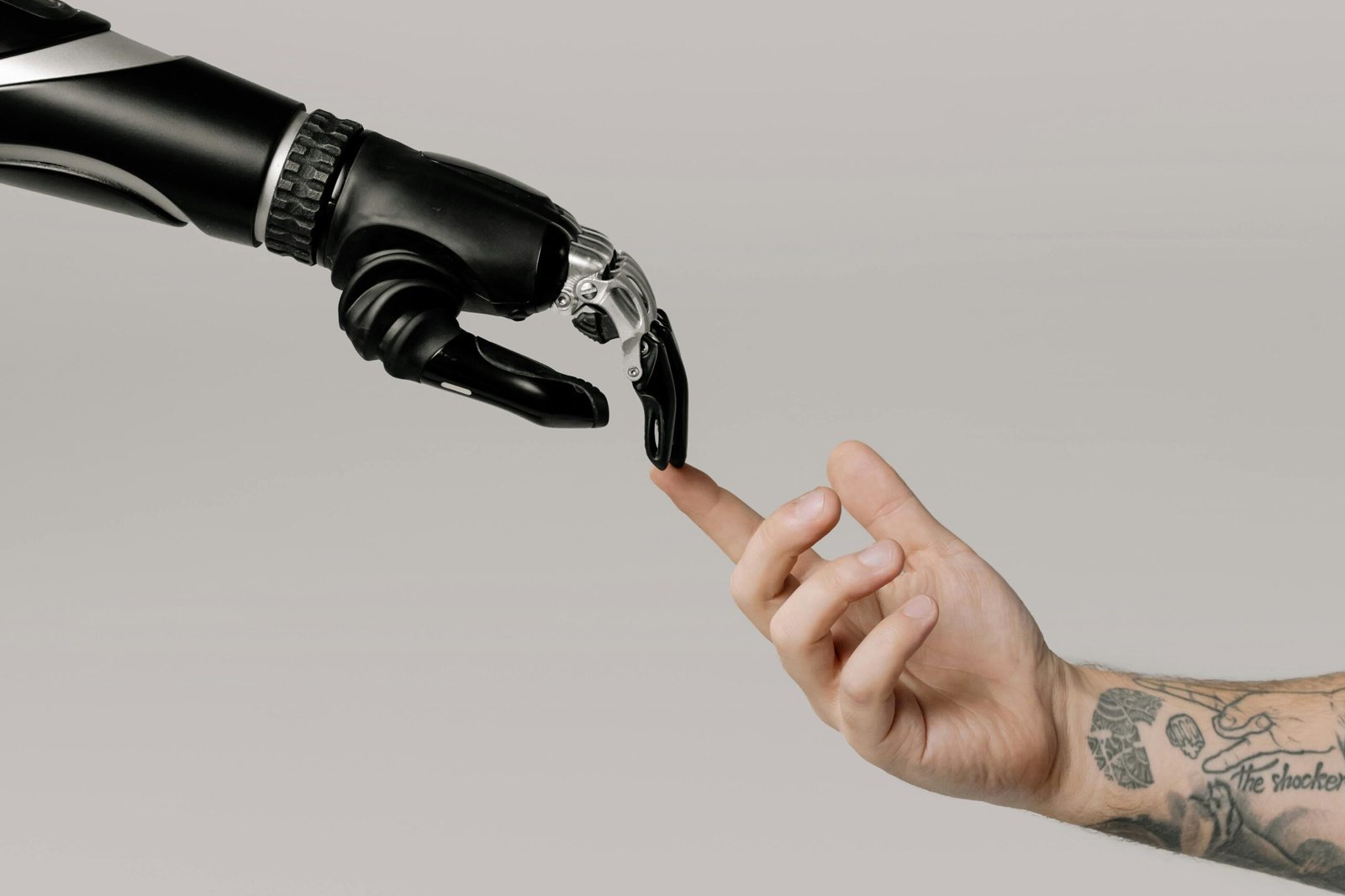Top 10 Automation Trends Transforming Businesses in 2024
2024 is in mid September, and with it comes a slew of automation trends that promise to change how businesses operate. From AI-driven customer service to hyper-automation, companies are increasingly relying on new technologies to streamline processes, increase efficiency, and gain a competitive edge.
In this article, we look into the top 10 automation trends set to transform the business landscape in 2024.
Introduction
Automation has become a cornerstone of modern business operations. It’s not just about cutting costs; it’s about optimizing processes, improving customer experiences, and driving innovation. As we move closer to 2025, staying updated with the newest automation trends is crucial for any business aiming for growth and sustainability.
This article discusses the top 10 automation trends that are expected to shape the business landscape in 2024. From AI-driven customer service to smart analytics, these trends are set to redefine how businesses operate.
1. AI-Driven Customer Service
Artificial Intelligence (AI) is changing customer service. AI-driven chatbots and virtual assistants are improving customer interactions by providing quick, accurate responses around the clock.
Real-World Examples:
- H&M uses chatbots to assist customers with queries and track orders.
- Sephora employs AI to offer personalized beauty advice through its virtual assistant.
Benefits:
- 24/7 customer support.
- Reduced operational costs.
- Improved customer satisfaction.
Challenges:
- Initial setup costs.
- Integration with existing systems.
- Making sure data privacy.
2. Hyper-Automation
Hyper-automation is the integration of multiple technologies like AI, machine learning, and robotic process automation (RPA) to automate complex business processes.
Scope:
- Automates end-to-end processes.
- Includes advanced analytics and AI for decision-making.
Case Study:
- Coca-Cola uses hyper-automation to streamline its supply chain, resulting in significant cost savings and efficiency gains.
Benefits:
- Increased productivity.
- Reduced errors.
- Improved decision-making.
3. Robotic Process Automation (RPA)
RPA involves using software robots to automate repetitive tasks. It’s being widely accepted across various industries for tasks like data entry, invoice processing, and customer support.
Key Advantages:
- Cost reduction.
- Improved accuracy.
- Scalability.
Future Trends:
- Integration with AI for smarter automation.
- Increased adoption in small and medium-sized enterprises (SMEs).
4. Intelligent Document Processing
Intelligent Document Processing (IDP) uses AI and machine learning to automate the extraction of data from documents.
Technologies Used:
- Optical Character Recognition (OCR).
- Natural Language Processing (NLP).
Benefits:
- Faster data processing.
- Reduced manual errors.
- Improved compliance.
Examples:
- JP Morgan uses IDP to process loan applications, reducing processing time from weeks to hours.
5. Autonomous Supply Chains
Autonomous supply chains leverage IoT, AI, and machine learning to automate supply chain management, from procurement to delivery.
Role of Technologies:
- IoT for real-time tracking.
- AI for demand forecasting.
Expected Advancements:
- Enhanced visibility and control.
- Reduced operational costs.
- Faster response times.
6. Automated Cybersecurity
In an increasingly digital world, cybersecurity is paramount. Automated cybersecurity uses AI and machine learning to detect and respond to threats in real-time.
Importance:
- Protects sensitive data.
- Ensures compliance with regulations.
Future Trends:
- AI-driven threat detection.
- Automated incident response.
Benefits:
- Faster threat detection.
- Reduced human error.
- Continuous monitoring.
7. Personalization through Automation
Automation is playing a key role in delivering personalized customer experiences. By analyzing customer data, businesses can offer tailored recommendations and services.
Tools and Techniques:
- AI algorithms for personalized recommendations.
- Automated email marketing.
Benefits:
- Increased customer loyalty.
- Higher conversion rates.
- Improved customer satisfaction.
Challenges:
- Data privacy concerns.
- Balancing personalization with customer preferences.
8. Workforce Automation and RPA Collaboration
The collaboration between workforce automation and RPA is transforming industries by automating repetitive tasks, allowing employees to focus on more strategic activities.
Effective Industries:
- Healthcare: Automating patient data entry.
- Finance: Streamlining financial reporting.
Predictions:
- Increased collaboration between humans and robots.
- Greater focus on upskilling employees.
9. Voice Recognition and Natural Language Processing (NLP)
Voice recognition and NLP are being integrated into businesses to improve customer service and operations. These technologies enable machines to understand and respond to human language.
Key Benefits:
- Improved customer connections.
- Streamlined operations.
Applications:
- Voice-activated customer service.
- Automated transcription services.
Future Prospects:
- Enhanced accuracy.
- Broader adoption across industries.
10. Smart Analytics and Predictive Maintenance
Smart analytics and predictive maintenance use data to make informed decisions and predict equipment failures before they occur.
Impact:
- Better decision-making.
- Reduced downtime.
- Cost savings.
Case Studies:
- General Electric uses predictive maintenance to reduce equipment downtime, saving millions in operational costs.
Benefits:
- Increased equipment lifespan.
- Improved efficiency.
- Reduced maintenance costs.
Conclusion
The automation trends discussed in this article are set to transform the business landscape in 2024. From improving customer service with AI to leveraging smart analytics for better decision-making, these trends offer immense opportunities for growth and innovation.
Adopting these trends can push your business to new heights, making sure you stay competitive in an ever-evolving market. The continuous evolution of automation trends emphasizes the importance of staying updated and adapting to new technologies.




